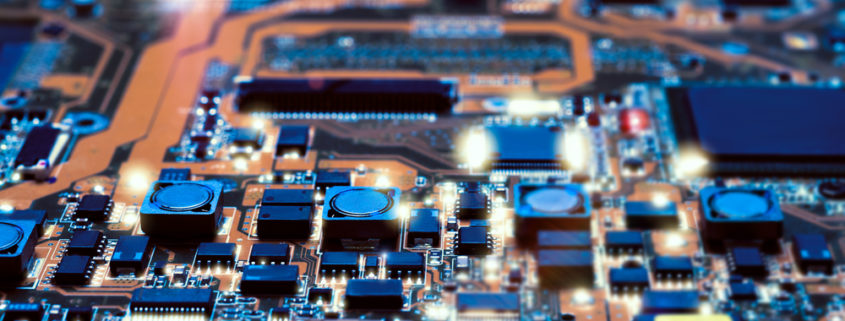Microsystems for Environmental Sensing and Monitoring
The environment is an essential aspect of our lives, and keeping track of its conditions is crucial to maintaining our health and well-being. Environmental sensing and monitoring have become increasingly important in recent years due to the growing concerns about climate change and pollution. Microsystems have played a significant role in enabling accurate and reliable sensing and monitoring of environmental conditions. In this article, we will explore their role in environmental sensing and monitoring and their benefits.
What are Microsystems for Environmental Sensing and Monitoring?
Microsystems for environmental sensing and monitoring are devices that use microelectromechanical systems (MEMS) technology to detect and monitor various environmental conditions. These systems are compact, low-power, and capable of measuring environmental parameters such as temperature, humidity, pressure, air quality, and radiation. They can be integrated with wireless communication modules to transmit data to remote servers or smartphones for real-time monitoring.
Role of Microsystems in Environmental Sensing and Monitoring
Microsystems have played a significant role in environmental sensing and monitoring by providing accurate and reliable measurements of various environmental parameters. These measurements are essential for understanding the impact of human activities on the environment and developing strategies to mitigate environmental damage.
One of the key benefits of using them in environmental sensing and monitoring is their small size and low power consumption. They can be integrated into small and portable devices, making them suitable for use in remote areas or harsh environments where traditional sensing and monitoring equipment may not be practical. Additionally, they consume less power, making them ideal for battery-powered devices that require long-term operation.
Applications in Environmental Sensing and Monitoring
Microsystems have a wide range of applications in environmental sensing and monitoring. Some of the key applications include:
Air Quality Monitoring
Microsystems can detect and measure various air pollutants such as nitrogen dioxide, sulfur dioxide, and carbon monoxide. These measurements can be used to evaluate air quality and identify potential sources of pollution.
Water Quality Monitoring
Microsystems can measure water quality parameters such as pH, dissolved oxygen, and temperature. These measurements can be used to evaluate the health of aquatic ecosystems and detect potential water pollution sources.
Weather Monitoring
Microsystems can measure various weather parameters such as temperature, humidity, and pressure. These measurements can be used to develop weather forecasting models and alert people of extreme weather conditions.
Benefits for Microsystems Environmental Sensing and Monitoring
The use of microsystems in environmental sensing and monitoring has several benefits, including:
Accuracy
They can provide accurate measurements of various environmental parameters, which is critical for identifying environmental risks and developing mitigation strategies.
Reliability
Microsystems are capable of continuous and long-term operation, making them suitable for environmental monitoring applications that require constant measurements.
Cost-effectiveness
They are cost-effective compared to traditional sensing and monitoring equipment, making them suitable for large-scale environmental monitoring projects.
Conclusion
Microsystems have played a significant role in enabling accurate and reliable environmental sensing and monitoring. These systems are compact, low-power, and capable of measuring various environmental parameters, making them ideal for use in remote areas or harsh environments. Additionally, they have a wide range of applications in environmental monitoring, including air quality monitoring, water quality monitoring, and weather monitoring. The use of microsystems in environmental sensing and monitoring has several benefits, including accuracy, reliability, and cost-effectiveness. As the demand for environmental monitoring continues to grow, microsystems will continue to play a critical role in this field.
Learn more about our work at Linear MicroSystems by clicking here.
Linear MicroSystems, Inc. is proud to offer its services worldwide as well as the surrounding areas and cities around our Headquarters in Irvine, CA: Mission Viejo, Laguna Niguel, Huntington Beach, Santa Ana, Fountain Valley, Anaheim, Orange County, Fullerton, and Los Angeles.






